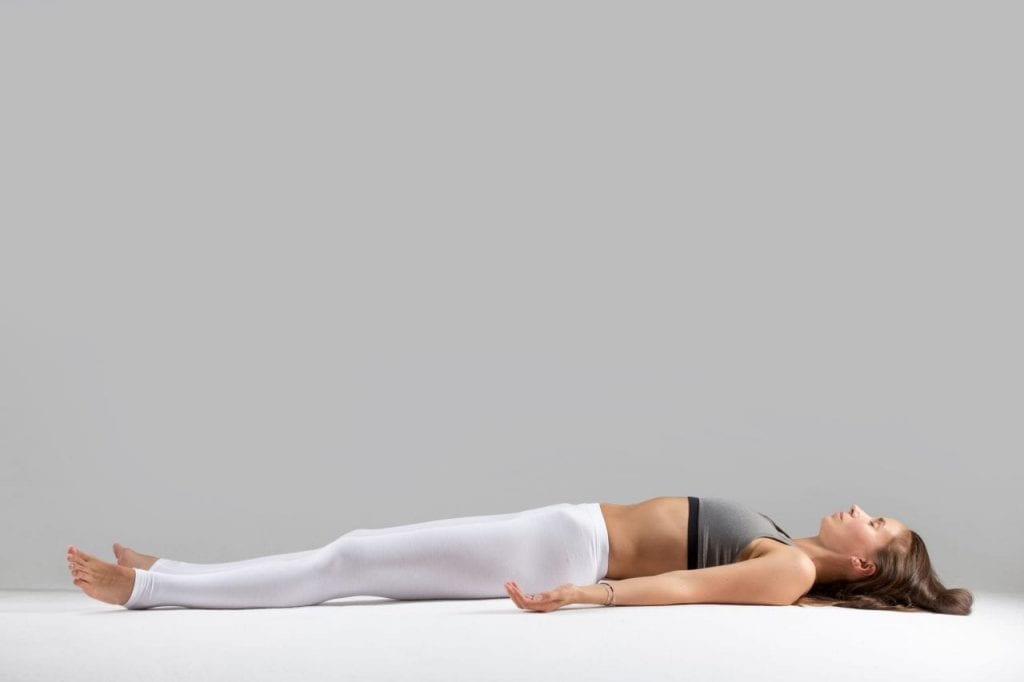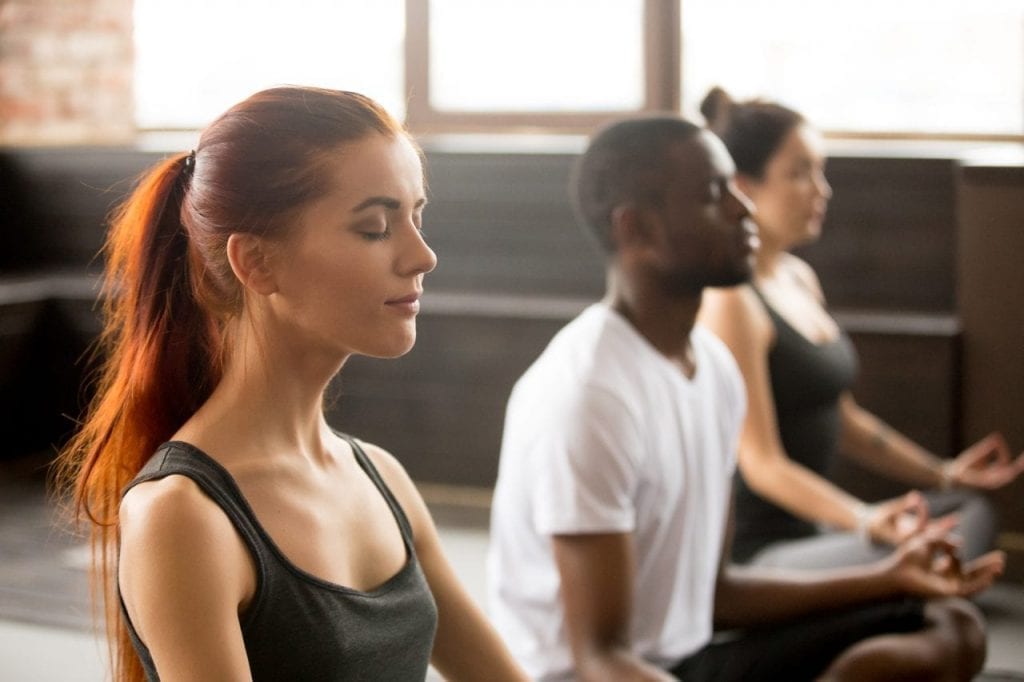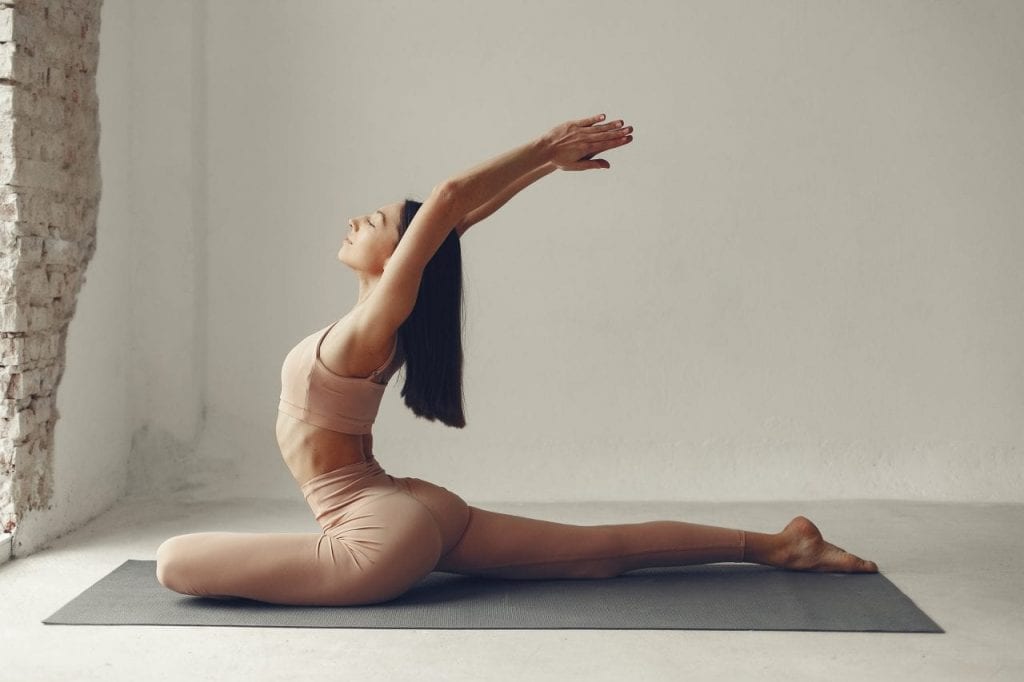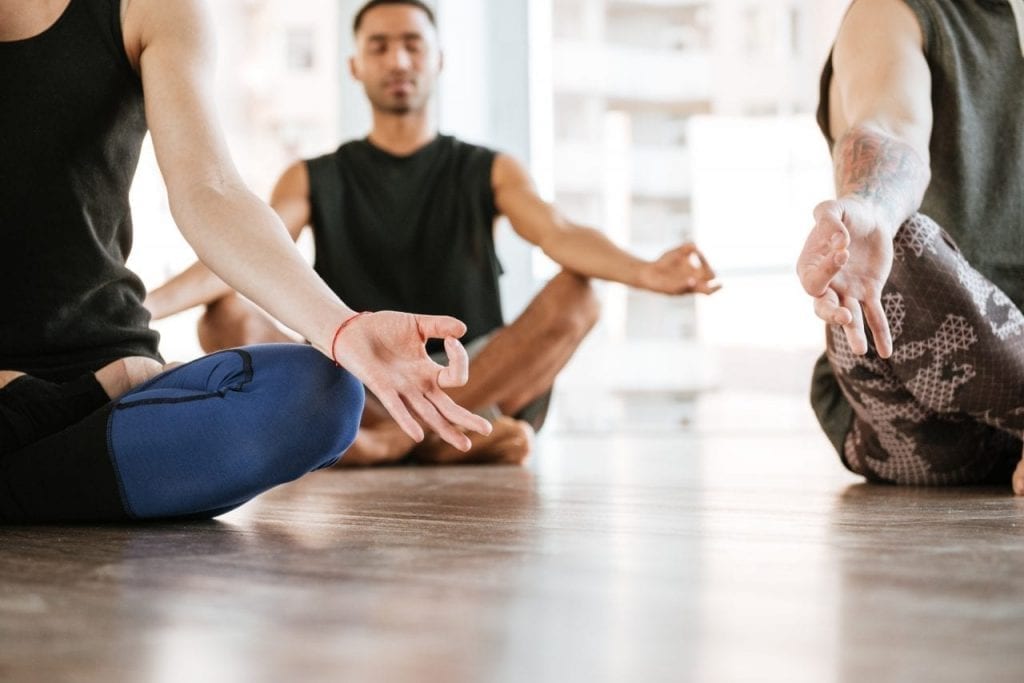Controlled breathing exercises can help keep your mind and body, by helping to lower blood pressure, promote feelings of calm and relaxation, and relieve stress. This is because it sends a message to your brain to calm down and relax when you breathe deeply.
The brain then gives the body this message. When you deeply breathe to relax, those things that arise when you are nervous, such as elevated heart rate, rapid breathing, and high blood pressure, all decrease.
Your entire body is affected by the way you breathe. Exercises for breathing are easy to remember. Whenever you want to, you can do them, and you do not need any special tools or equipment to do them. You should try various exercises in order to see which works well for you (1) (2).
How to get started with a breathing exercise
It’s not necessary to take a lot of time out of your day for breathing exercises. It’s just really about putting some time aside to pay attention to your breathing. To get started, here are a few ideas- Start with 5 minutes a day, and increase your time as the exercise becomes easier and more comfortable.
- If 5 minutes feels too long, start with just 2 minutes.
- Do it multiple times a day. Set as many times as you feel the need to practice conscious breathing.
Health Benefits you get from Breathing Exercises
- Reducing anxiety, and stress
- Reduce headaches
- Helping a person get to sleep
- Increases energy levels
- Helping with depression
- Decrease fatigue
- Improves immunity
- Managing cravings
- Controlling or reducing anger responses
- Controlling elevated heart rate
- Reduces inflammation
- Lowering your blood pressure
- Lower the temperature of your body
- Relaxing your muscles
Things to remember before getting started
While you can try to relax and fall asleep with a variety of breathing exercises, there are always a few simple principles, or tips that apply to all of them, for example closing your eyes is always a great idea, it can help you block out distractions, concentrate on your breathing and think about your breath’s healing power, sit or lay in a comfortable position, and finding a soothing environment .Breathing techniques
This deep breathing technique uses words and phrases that use imagery or focus. You can pick a focus word that makes you smile, feel comfortable, or think about it that is clearly neutral. Examples include peace, let go, or relaxation, but through your practice, it can be any word that suits you to focus on and repeat. You can start with a 10-minute session as you build up your breath focus training. Increase the length steadily until the sessions are at least 20 minutes.- In a comfortable position, sit or lie down.
- Without trying to adjust how you breathe, put your focus on your breathing.
- Alternating a few times between normal and deep breaths.
- Note any inconsistencies between deep breathing and regular breathing. With deep inhalations, remember how your abdomen expands.
- Compared to deep breathing, remember how shallow breathing sounds.
- For a few minutes, practice your deep breathing.
- Place one hand under the button of your abdomen, keeping your abdomen relaxed, and note how each inhales rises and falls with each exhale.
- Let out with each exhale, a loud sigh.
- Start the breath focus practice by integrating this deep breathing with visualization and a word or phrase of focus that will encourage relaxation.
- You can believe the waves of peace and relaxation are brought to your body by the air you inhale. Say, “Inhaling peace and quiet” mentally.
- Imagine that the air that you exhale washes away fear and stress. You can say “Exhaling stress and anxiety” to yourself.
Alternate nostril breathing
Alternate breathing of the nostril, known in Sanskrit as Nadi shodhana pranayama, is a relaxation breathing activity. It has been shown that alternate breathing of the nostril enhances cardiovascular function and decreases heart rate. It is better to practice on an empty stomach.- Select a comfortable sitting spot.
- Raise your right hand toward your nose, press your first and middle fingers down toward your palm and leave your other fingers spread out.
- Use your right thumb to gently close your right nostril after an exhale.
- Using your right pinkie and ring fingers, inhale from your left nostril and then close your left nostril.
- Through your right nostril, release your thumb and exhale out.
- Inhale this nostril from your right nostril, and then close it.
- In order to open your left nostril and exhale from this hand, loosen your fingers.
- This period is one.
- Please continue this pattern of breathing for up to 5 minutes.
- With an exhale on the left side, finish your session.
Sitali breath
This practice of breathing helps you lower the temperature of your body and calm your mind. Extend the length of your breath slightly, but do not push it. During Sitali breath, because you inhale through your mouth, you might want to choose a place to practice that is free from any allergens that affect you and air pollution.- Select a comfortable sitting spot.
- Pull the outer edges together, stick your tongue out, and curl your tongue.
- You can purse your lips if your tongue does not do this.
- Inhale through your mouth
- Only exhale through your nose.
- For up to 5 minutes, continue breathing like this.
Resonant or coherent breathing
Resonant breathing is when you breathe at a rate of 5 full breaths per minute, also known as coherent breathing. This rate can be reached by inhaling and exhaling for a 5-point count. When you breathe at this pace you maximize the variability in your heart rate (HRV) and decrease stress.- Inhale for the 5th count.
- Exhale for the 5th count.
- Please maintain this pattern of breathing for at least a couple of minutes.
Deep Breathing
The majority of individuals take a short, shallow breath into their chest. It can make you feel nervous and cause your energy to zap. You’ll learn how to take bigger breaths with this technique, all the way into your abdomen.- Get comfortable. Place a pillow under your head and feet, you can lie on your back or sit in a chair, supported by your shoulders, and neck against the back of your chair.
- Through your nose, breathe in. Let the air fill your belly.
- Through your nose, breathe out.
- Place one hand on your belly and place the other on your chest.
- Feel your belly rising as you breathe in. Feel your belly lower as you breathe out.
- Your belly should have a hand that moves faster than the one on your stomach.
- Take three deep breaths. As it rises and falls with your breath, breathes fully into your belly.
4-7-8 breathing technique
In order to help you relax, this technique also uses belly breathing. This exercise can be done by either sitting or lying down.- Place one hand on your belly and the other on your chest.
- Take a deep, slow breath from your stomach, and count to 4 silently as you breathe in.
- Hold your breath, and count from 1 to 7 silently.
- Breathe out absolutely when you are counting from 1 to 8 silently.
- By the time you count to 8, try to get all of the air out of your lungs.
- Repeat 4 to 8 times or until you have a calm feeling.
Belly breathing
Belly breathing is very relaxing and easy to do. Anytime you need to calm down or alleviate tension, try this simple exercise.- Get into a comfortable position, sit, or lie flat.
- Place one hand just below your ribs on your belly and the other hand on your shoulders.
- Using your nose to take a deep breath, and let your belly force your hand out.
- Breathe out as if you were whistling, with closed lips. Feel your hand go in on your belly and use it to push out all of the air.
- Do this exercise 3 to 10 times. Take your time with each breath.
Morning breathing
Try this exercise as soon as you wake up. It will help you relieve muscle stiffness and clear breathing passages that are clogged. Then use it to alleviate back pain for the whole day.- Bend over from the waist from a standing stance with your knees slightly bent, letting your arms dangle low to the floor.
- As you slowly inhale, get back to a standing position by slowly rolling up, lastly lifting your head.
- In this standing posture, hold your breath for just a few seconds.
- When you return to the initial spot, exhale slowly, leaning forward from the waist.
Modified Lion’s Breath
Imagine that you are a lion when you do this exercise. With a wide, open mouth, let all of your breath out.- Sit on the floor comfortably or in a chair.
- Through your nose, breathe in.
- Fill your belly with air all the way up.
- Open your mouth as wide as you can when you can’t breathe in anymore. Breathe out with the sound of ‘HA.’
- Repeat multiple times.
Progressive muscle relaxation
When you’re lying on the couch, sitting in your office, or even in your car, the progressive muscle relaxation approach works best. You can battle stress from head to toe by consciously tensing and then relaxing each muscle group one at a time.- Close your eyes and concentrate for 2 to 3 seconds on tightening and relaxing each muscle group.
- Start with your toes and feet, and then work up to your knees, your thighs, your glutes, your chest, your arms, your hands, your neck, your jaw, and your eyes.
- All the time, maintain long, slow breaths.
Breath focus technique
This deep breathing technique uses words and phrases that use imagery or focus. You can pick a focus word that makes you smile, feel comfortable, or think about it that is clearly neutral. Examples include peace, let go, or relaxation, but through your practice, it can be any word that suits you to focus on and repeat. You can start with a 10-minute session as you build up your breath focus training. Increase the length steadily until the sessions are at least 20 minutes.- In a comfortable position, sit or lie down.
- Without trying to adjust how you breathe, put your focus on your breathing.
- Alternating a few times between normal and deep breaths.
- Note any inconsistencies between deep breathing and regular breathing. With deep inhalations, remember how your abdomen expands.
- Compared to deep breathing, remember how shallow breathing sounds.
- For a few minutes, practice your deep breathing.
- Place one hand under the button of your abdomen, keeping your abdomen relaxed, and note how each inhales rises and falls with each exhale.
- Let out with each exhale, a loud sigh.
- Start the breath focus practice by integrating this deep breathing with visualization and a word or phrase of focus that will encourage relaxation.
- You can believe the waves of peace and relaxation are brought to your body by the air you inhale. Say, “Inhaling peace and quiet” mentally.
- Imagine that the air that you exhale washes away fear and stress. You can say “Exhaling stress and anxiety” to yourself.
Overall, we can realize that by simply putting a little extra oxygen in our system does wonder for our body and mind.
It cleanses, opens, and soothes different parts of our being and is something extremely healthy we can all do, you do not require equipment, an instructor, a specific place, or anything more than a quiet place, and a little peace of mind to do it.
We should all try some of these exercises until we find the ones that suit our needs. So, what are you waiting for? give them a try and concentrate to note the changes in your mind and body.
Contents








